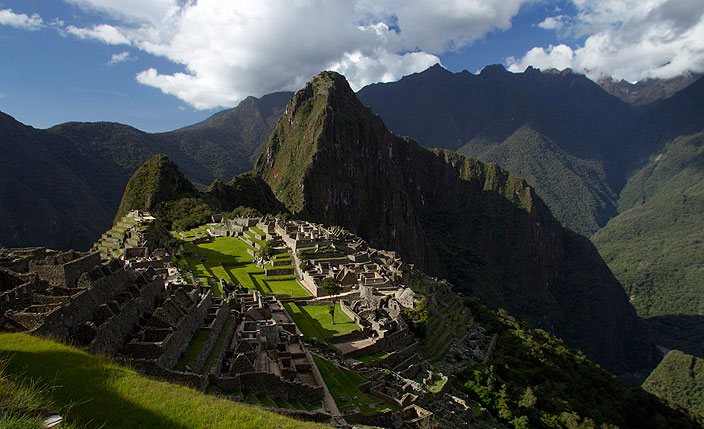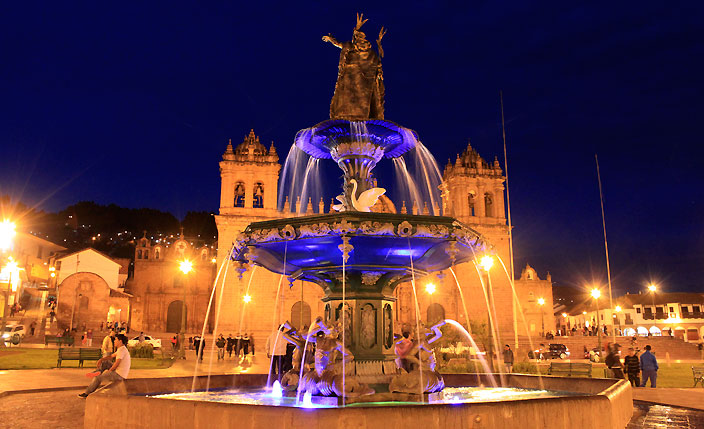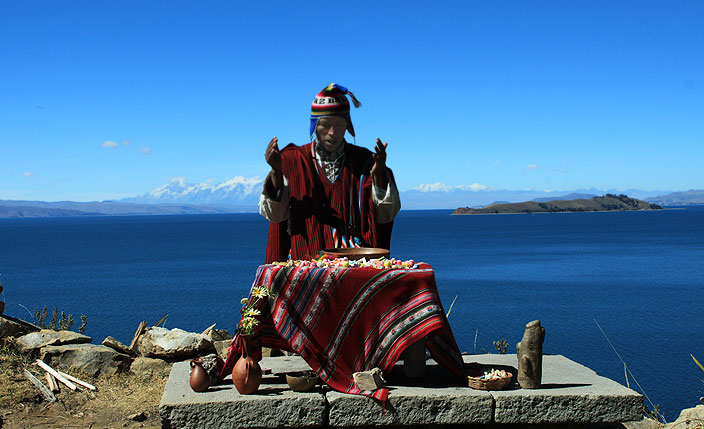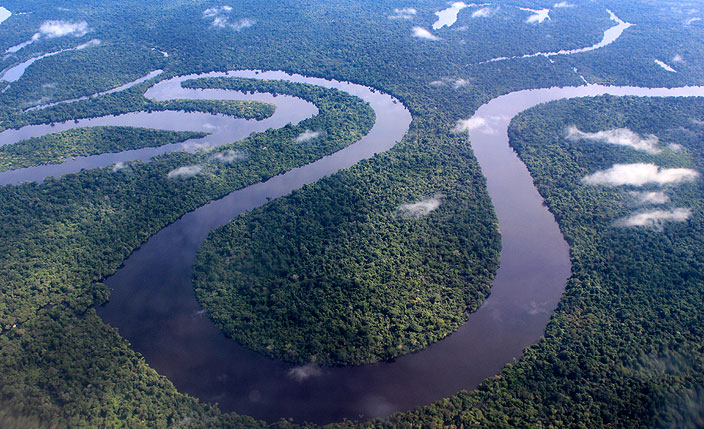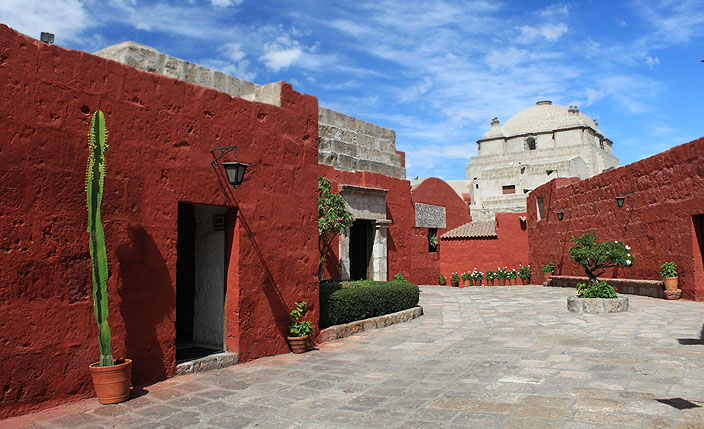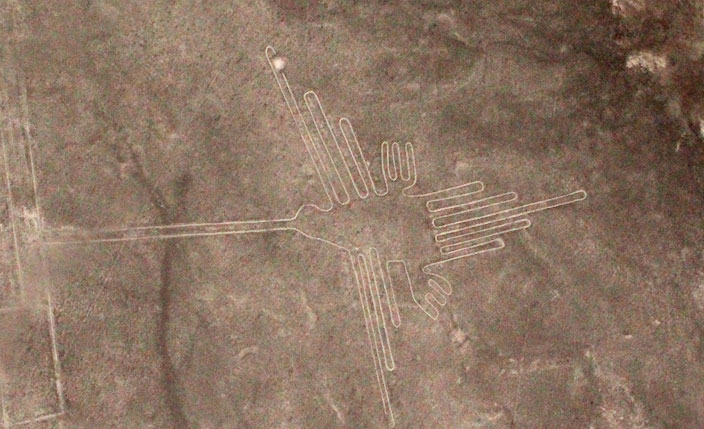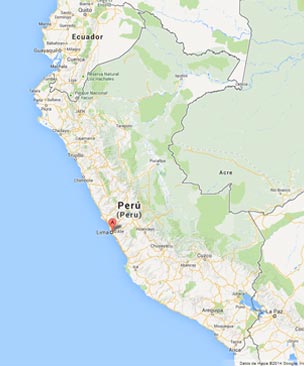Peru Travel Guide
Peru Travel Guide - Plan your Trip - Travel to Peru
Our country offers you the opportunity to meet amazing cultures, festivals and captivating live performing such diverse activities ranging from a traditional visit to archaeological sites to practice adventure sports. We invite you to travel and discover the Peru that do not yet know.
Peru is a large country on the Pacific coast of South America, encompassing a desert coastline, tropical rainforest and soaring mountains, each with distinct environments. These offer an exceptional opportunity for travellers to experience a variety of landscapes, an abundance of wildlife, a rich history and archaeological heritage, and the vivacious character of Peru Living Cultures, all within one nation.
Decide where to go, how many days, where to stay and what to do. A single trip is not enough to discover all the wonders of Peru. Plus we will guide you to the best hotels, restaurants, attractions, shopping, nightlife and entertainment.
Plan your trip with our Peru Travel Guide. Get inspired with insider tips, photos and videos.
Top things to do in Peru - Health & Safety - Peru's top treks - Weather in Peru
What to do and where to stay!
Top Ten Places in Peru
Cusco, Machu Picchu and Sacred Valley of the Incas
The city of Cusco (also Cusco or Qosqo in Quechua language), was founded by the Inca Manco Capac (12th Century), is a World Heritage Site, the archaeological capital of America, a cosmopolitan city, the most visited tourist destination of Peru, and the gateway to Machu Picchu, a Natural & Cultural World Heritage Site, one of the New 7 Wonders of the World, one of the Top Places to See Before You Die, the top spot landmark destination in the world. Machu Picchu Inca City, the jewel in the crown of Inca architecture and Peru's main tourist place, also been called “Lost City of the Incas”. The Manu National Park, the best wildlife destination in the Amazonian, World Heritage Site by UNESCO and the Inca Trail the most famous hiking trail as part of the Qhapaq Ñan. Around Cusco the Sacred Valley of the Incas with picturesque villages, archaeological sites as Choquequirao, Andean native communities with many ancient expressions of art, music, dances, feasts and traditions. Cusco is for those interested in archaeology, enthusiasts of religious monuments, fans of popular traditions, lovers of experience-based tourism and adventure sports, craft collectors and bird-watchers. Machu Picchu Travel Guide.
Read moreArequipa and Colca Valley | Canyon Country
The city of Arequipa, known as the "White City", the Historical Centre of Arequipa is a World Heritage Site for the beauty of its architecture and historic monuments built with white ashlar, sculpted as filigree, beautiful colonial buildings such as churches, mansions and monasteries, highlighting Santa Catalina. It's located on the slopes of Misti volcano. The famous circuit of Colca Valley and Colca Canyon is the most popular excursion from Arequipa, a place that combines natural riches, living history, hot springs, amazing landscapes and adventure sports like canoeing, mountain-biking, mountaineering, hiking and horse-riding. The natural protected areas such as National Reserve of Salinas and Aguada Blanca and National Sanctuary of Mejía Lagoons. In the mountains and snowy peaks, plateaus and rivers, excellent sceneries for adventure sports. Arequipa is a gourmet city, is one of the best gastronomic offers in Peru. Arequipa is for those with an interest in ancient civilizations, handicraft collectors, bird watchers, lovers of hot springs, mountaineers, fans of hiking and adventure sports.
Read moreIca | Impressive Deserts and Good Pisco
Ica is very famous because of its pisco (grape liquor) and wine; a good alternative for your trip could be a visit to the pisco cellars and bodegas (wineries). One of Peru’s prettiest and most impressive deserts lies in Ica, a region of rare beauty that welcomes visitors with its delightful coast, which includes places perfect for adventures sports such as sandboarding and riveting dune buggy excursions. Afro-Peruvian music, and an oasis like the Huacachina, a patch of life in the heart of a blanket of sand. Flying over Nazca Lines and Palpa Lines from Ica airfield. Comfortable accommodation in hotels.
Read moreIquitos and Amazon River | Pacaya Samiria (Amazon Rainforest)
Located in the northern Amazon rainforest in Peru, for fans of nature and biodiversity, bird, wildlife and flower watchers, those interested in mysticism and traditions and who are passionate about sailing the rivers of the Amazon region. From Iquitos city visit the protected natural areas as Pacaya Samiria National Reserve or Allpahuayo Mishana National Reserve, you can take contact with Amazonian aborigines or take a cruise in the Amazon river, the New 7 Wonders of Nature. Exploring the rainforest from an Amazon Jungle Lodge for wildlife encounter.
Read moreLake Titicaca and Puno
Multicolored festivals, and home to natural and artificial islands, located in the southern Andean highland plateau, is for fans of community tourism, archaeology enthusiasts, admirers of religious monuments, handicraft collectors, those interested by local traditions and customs and wildlife and adventure sports lovers. The Titicaca the highest navigable lake in the world inhabited by the Uros people; Amantaní and Taquile islands are recommended places to visit. Pre-Hispanic and colonial monuments, towns and villages with architectonic jewels maintaining their colonial splendor. Earth of the legendary Aymara people and the Tiahuanaco Culture. In the Andean mythology, according to the legend, from its waters emerged Manco Cápac and Mama Ocllo, sons of the sun god, founders of the Inca Empire. Puno city is the folkloric capital of Peru.
Read moreLima | Historic, Archaeological and the best cuisine
The history of Lima predates the colonial presence. The founding of the viceroyalty transformed the city into the main political and administrative center in South America. During this period, important temples, convents, mansions and balconies were built. The arrival of modernity did not change the historic centre of the city, which is recognized as a World Heritage Site. In the north you will find the city of Caral, home to the oldest civilization of the Americas, and in the south you will find the Pachacamac archaeological complex. The museums with great works of art, archaeological sites, beaches, valleys, wildlife reserves, the nightlife, the thrill of adventure sports and give the exquisite cuisine of Peru's capital and authentic personality distinguished. Lima is for those interested in colonial monuments, museums and archaeology enthusiasts, handicraft collectors, bird watchers, beach lovers and those who like to eat splendid foods.
Read moreNazca | Valley of Mysteries and Nazca Lines
On the vast desert etched with enigmatic figures were hard to see, the Nazca Lines and Palpa Lines. Nazca lines, or geoglyphs, are massive mysterious drawings on the desert plateaus of Peru that have been talked about since the 1920s when airplanes began to fly between Lima and the southern Peruvian city of Arequipa. The geoglyphs are diverse, from trapezoids, rectangles and triangles among other geometrical figures until naturalist and abstract such as hands and spirals, going through animals, humans and plants, World Heritage Site by UNESCO. Also you can visit the pre-Inca archaeological complex as Cahuachi, Estaqueria, Chauchilla, Cantayoc, the geoglyphs of Palpa -Palpa Lines- and Cerro Blanco the highest sand dune in the world known and excellent place for sandboarding, all from Nazca City. Protected natural areas as Pampa Galeras National Reserve and San Fernando.
Read moreParacas | Desert and Marine Ecosystems
The desert and the sea come together in spectacular landscapes in Paracas. At Pacific Ocean shore is for those with an interest in archaeology, lovers of boating, aquatic and nautical sports and wildlife watchers. From Paracas town or Pisco you can visit the Paracas National Reserve, the Ballestas Islands, a good alternative for cultural historical attractiveness or stay for relaxed moments, excellent for desert adventures, nautical sports as windsurf, katesurfing, scuba diving, deep sea fishing and more. From here several companies offer the over-flights to Nazca Lines and Palpa Lines.
Read moreTambopata (Amazon Rainforest)
A paradise of biodiversity, located in the southern Amazon rainforest in Peru, is for fans of bird and wildlife watchers, nature lovers and those wishing to visit native communities and scientific tourism, is one of the top destinations for exploring Amazonia. Madre de Dios is home to never-ending forests, winding rivers, oxbows lakes, abundant flora and fauna, and protected natural areas as Tambopata National Reserve, Bahuaja Sonene National Park, Alto Purús National Park, Manu National Park. This region is also home to indigenous communities that promote ecotourism in regions with some of the richest biodiversity in the world. The wealth of its biodiversity is immeasurable, and scientist have already registered 1,200 butterfly species, 169 mammals, 205 fishes, 103 amphibians, and 67 reptiles, 900 species of bird have been discovered in the area. Puerto Maldonado is the entrance door to this area and is only 55 minutes flight from Cusco.
Read moreTumbes and Northern Beaches of Peru
Tumbes has a beautiful coastline that consists of a variety of ecosystems, such as estuaries and mangrove swamps, the Pacific tropical rainforest (Tumbes National Reserve) and the dry, equatorial forest (Amotape Hills National Park). The northern beaches with guaranteed sunshine almost all year, Punta Sal, Zorritos y Puerto Pizarro are the most required beaches by tourists in Tumbes and Cabo Blanco, Ñuro, Punta Veleros, Los Órganos, Vichayito, Pocitas and Máncora, are just some of the beaches on the coast of Piura. Excellent locations for nature enthusiasts, whale watching and birding.
Read morePeru Empire of Hidden Treasures
 Peru, a country with over 5000 years of history, one of the most diverse nations on the planet and a destination that holds infinite destinations. There is a Peru for everyone and we invite you to find out.
Peru, a country with over 5000 years of history, one of the most diverse nations on the planet and a destination that holds infinite destinations. There is a Peru for everyone and we invite you to find out.
Festivities, customs and traditions that reflect the social and cultural fusion, are still alive. From various surfing beaches, to mountain ranges capricious. A diverse geography full of excitement and adrenaline. Ecosystems that host countless species of flora and fauna in nature reserves, unique environments of coastal, desert, Andes highlands and Amazon jungle.
One of the cradles of civilization and one of the greater empires in historical and archaeological legacy, that was gestated through different ancient cultures.
Ancient Treasures of Peru - Archaeological Destinations
From the oldest civilization in America to the largest and most powerful empire of the southern continent, Peru conserves the architectural and artistic vestiges of fascinating cultures. Discovering them is a breathtaking experience. One of the cradles of civilization and one of the greater empires in historical and archaeological legacy, that was gestated through different ancient cultures.
Peru a Living Culture
Many of the festivals, rituals, and actual ways of life remain from pre-Columbian time. From traditional clothing to popular folk art expressions, and belief systems to ways of working and even cooking, Peru is full of customs that maintain the legacy of its ancient cultures. Here we highlight just a few magical places and experiences that must be lived and appreciated when you visit this country. Color and tradition, unique experiences.
Natural Wonders of Peru - Natural Attractions in Peru
Peru is one of 10 mega-diverse countries of the world, with hundreds of endemic species of flora and fauna; a paradise for birdwatching and orchid spotting, or the exploration of remote and mythical natural landscapes, some still pristine virgin lands teeming with life. A single trip is not enough to discover all the wonders of Peru. Here we highlight just a few magical places and experiences that must be lived and appreciated when you visit this country.
Peru Outdoors Destinations
Peru is versatile and its geography proves it: a warm desert coast, an imposing mountain range and a lush jungle invite you to enjoy all kinds of extreme experiences, including hiking in the mountains, sandboarding on coastal dunes, canoeing in rivers or trekking the Inca Trail. A single trip is not enough to discover all the wonders of Peru. Here we highlight just a few magical places and experiences that must be lived and appreciated when you visit this country.
Bird-watching in Peru
Peru, a true paradise of birds. The combination of geographical, climate and evolutionary factors mean that there are 1,831 different bird species in Peru and 119 endemic species that cannot be found anywhere else in the world!, which makes it an exceptional place for birdwatching Peru is the second of the twelve megadiverse countries. 70% of the biological diversity of the planet is concentrated within its borders. The birding routes in Peru.
World Heritage Sites in Peru
An exciting journey through the unique Peruvian heritage listed by UNESCO as a World Heritage Site, which lists all the cultural and natural protected origin, historical context, its location and current status. Historical Sanctuary of Machu Picchu, Chavín de Huantar, Huascarán National Park, Manu National Park, the Sacred City of Caral, Chan Chan, Nazca Lines, Taquile Island, the Historic Centre of Lima, the Historic Centre of Arequipa, Wititi Dance and the Qhapaq Ñan.
Travel to Peru - Top Ten Destinations in Peru
